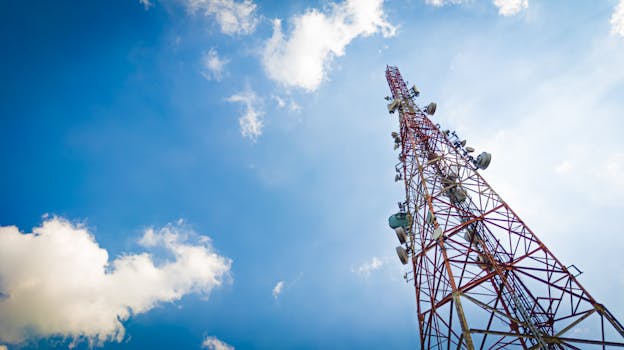GEO Satellites: Understanding the Technology and Applications

GEO Satellites: Understanding the Technology and Applications
GEO satellites, or Geostationary Earth Orbit satellites, are a type of satellite that orbits the Earth at an altitude of approximately 36,000 kilometers, remaining stationary relative to a fixed point on the Earth’s surface. This unique characteristic allows GEO satellites to provide continuous coverage of a specific region, making them ideal for a wide range of applications, including telecommunications, weather forecasting, and navigation.
At the beginning of our discussion on GEO satellites, it’s essential to understand the history of their development. The concept of GEO satellites was first proposed by science fiction writer Arthur C. Clarke in 1945, and the first GEO satellite, Syncom 2, was launched in 1963. Since then, GEO satellites have become a crucial part of modern telecommunications, with thousands of satellites in orbit around the Earth.
Design and Technology
GEO satellites are designed to operate in the harsh environment of space, with extreme temperatures, radiation, and vacuum conditions. They are typically equipped with solar panels to generate power, as well as antennas and transponders to transmit and receive signals. The satellite’s payload, which includes the communication equipment, is usually housed in a protected compartment to shield it from the extreme conditions.
The most common type of GEO satellite is the communications satellite, which is used to transmit data, voice, and video signals around the world. These satellites use a combination of antennas and transponders to receive and re-transmit signals, often using a process called frequency reuse to maximize the available bandwidth. Other types of GEO satellites include weather satellites, navigation satellites, and Earth observation satellites, each with their own unique payload and mission objectives.
Applications
GEO satellites have a wide range of applications, including telecommunications, weather forecasting, navigation, and Earth observation. In the field of telecommunications, GEO satellites are used to provide broadband internet access, mobile phone coverage, and television broadcasting. They are particularly useful in remote or underserved areas, where terrestrial infrastructure is limited or non-existent.
In addition to telecommunications, GEO satellites are also used for weather forecasting and climate monitoring. Weather satellites in GEO orbit can provide high-resolution images of cloud patterns, sea surface temperatures, and other meteorological phenomena, helping scientists to predict weather patterns and track climate change. Navigation satellites, such as GPS and GLONASS, use GEO satellites to provide location information and timing signals, which are essential for modern transportation and commerce.
Future Developments
Despite the many advantages of GEO satellites, there are also challenges and limitations to their use. One of the main limitations is the latency, or delay, inherent in communicating with a satellite in GEO orbit. This latency can be significant, typically around 250-300 milliseconds, which can make real-time applications such as video conferencing and online gaming difficult.
To address these challenges, new technologies and architectures are being developed, such as medium-Earth orbit (MEO) and low-Earth orbit (LEO) satellites. These satellites operate at lower altitudes and have lower latency, making them more suitable for real-time applications. Additionally, advancements in satellite design and manufacturing are enabling the development of smaller, more efficient, and more cost-effective satellites, which are opening up new opportunities for satellite-based services and applications.



